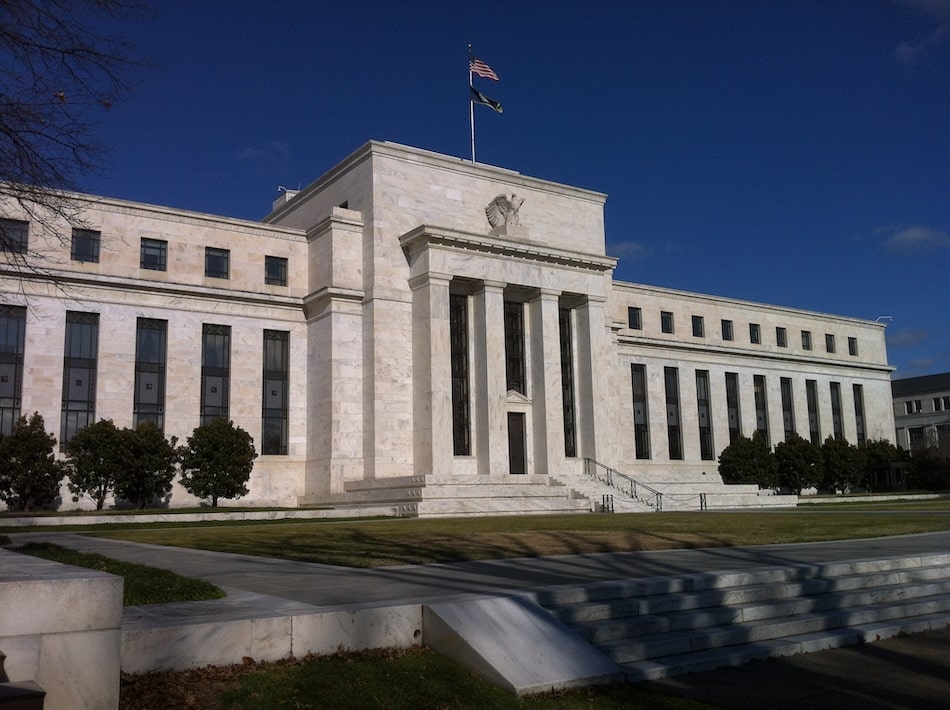
The U.S. consumer price index (CPI) increased 0.2% in July and 2.7% over the past 12 months, according to the Bureau of Labor Statistics.
This annual rate fell short of the 2.8% forecast, easing concerns about rapidly rising prices amid ongoing tariff worries.
Core inflation trends
Excluding food and energy, the core CPI rose 0.3% for the month and 3.1% year-over-year, matching or slightly exceeding analyst expectations.
The monthly core increase was the highest since January, driven largely by shelter costs, which edged up 0.2%. Food prices were flat, while energy prices declined 1.1% for the month.
Tariff impact and political backdrop
Tariffs imposed by President Donald Trump showed modest effects in certain categories.
New vehicle prices, often sensitive to tariffs, were unchanged, while used cars and trucks saw a 0.5% increase.
Household furnishings and supplies rose 0.7%, but apparel prices were up just 0.1%.
Former White House economist Jared Bernstein commented on CNBC:
“The tariffs are in the numbers, but they’re certainly not jumping out hair on fire at this point.”
These numbers come at a time when the BLS faces scrutiny and leadership changes following criticism from President Trump. The agency has experienced budget cuts and staffing shortages, prompting questions about the reliability of recent data.
Market reaction and Fed outlook
Stock market futures rose after the report, and Treasury yields declined.
Traders increased bets that the Federal Reserve will cut interest rates in September, with the odds of another reduction in October also rising. Ellen Zentner, chief economic strategist at Morgan Stanley Wealth Management, observed:
“Markets will likely embrace these numbers because they should allow the Fed to focus on labor-market weakness and keep a September rate cut on the table.”
Wage growth and inflation outlook
Inflation-adjusted average hourly earnings increased just 0.1% for July, with a 1.2% gain over the year.
Economists are divided on whether tariffs will cause a one-off jump in prices or drive persistent inflation, especially as a broad range of items are affected by recent trade policies.
For those tracking the impact of inflation on bitcoin, historical and current CPI data can provide context for bitcoin’s performance versus the US dollar.



